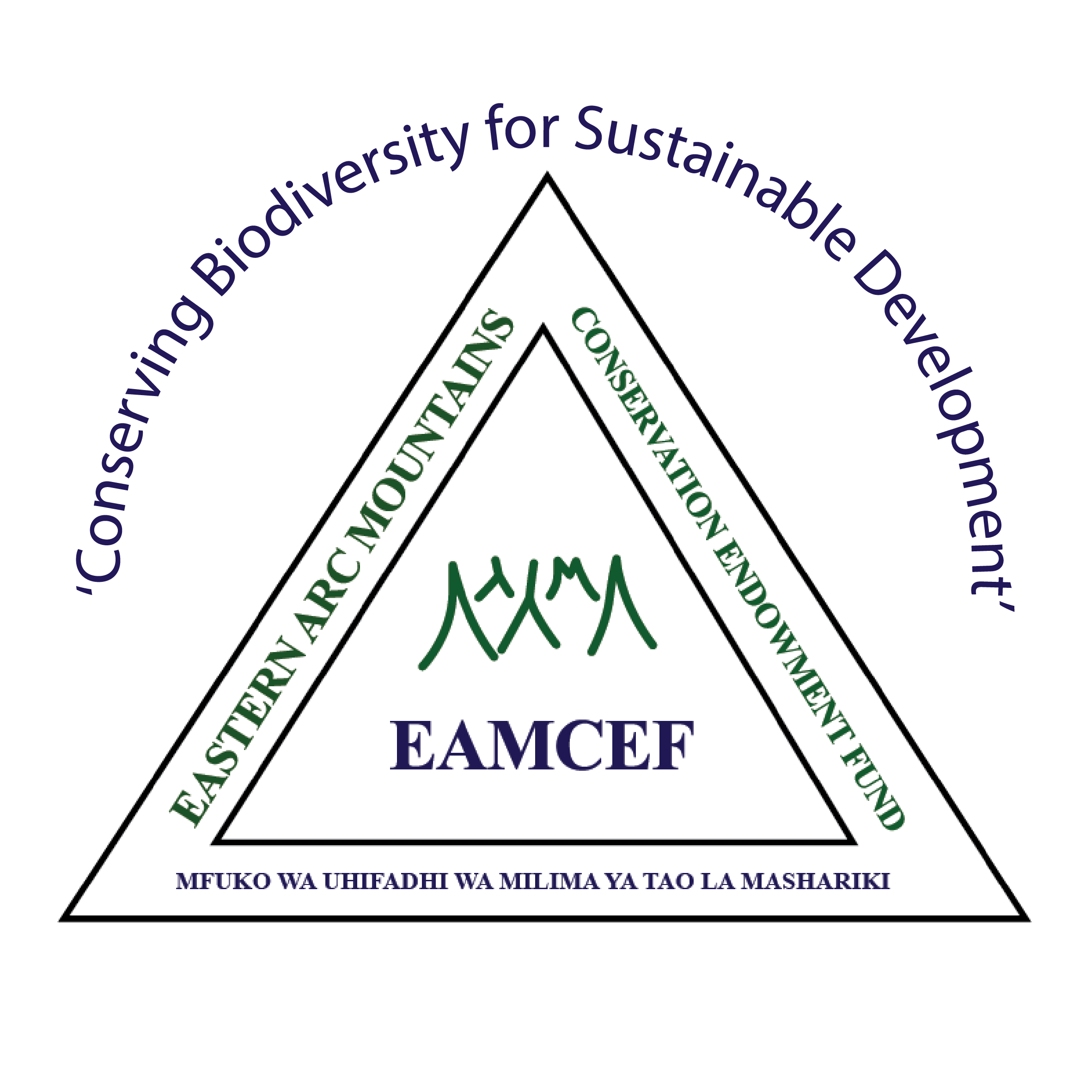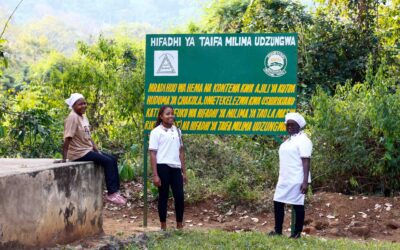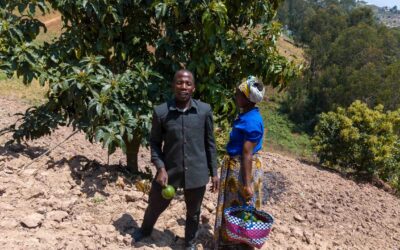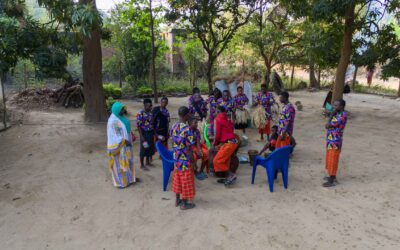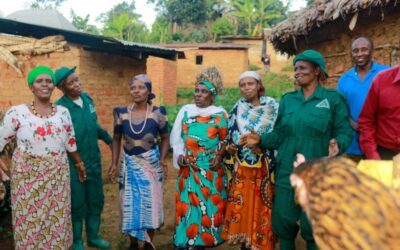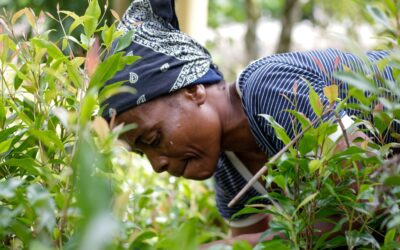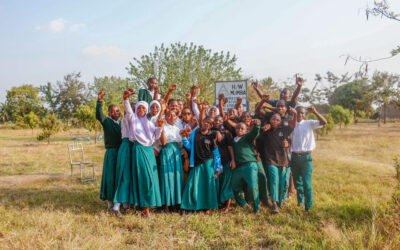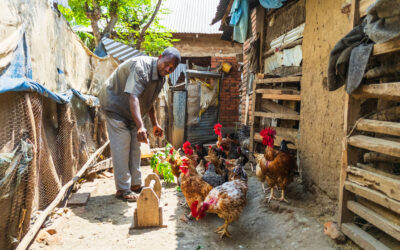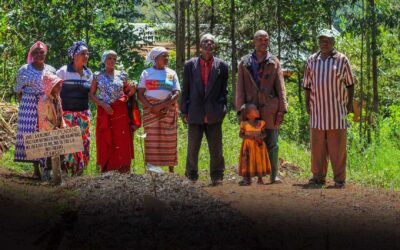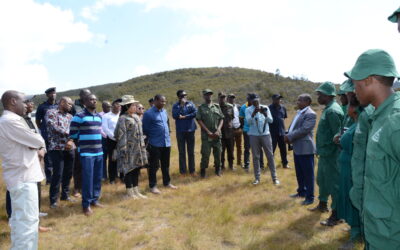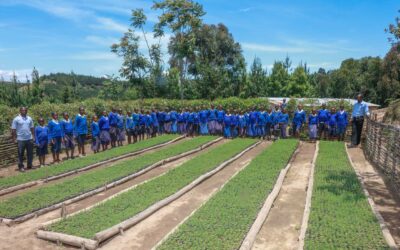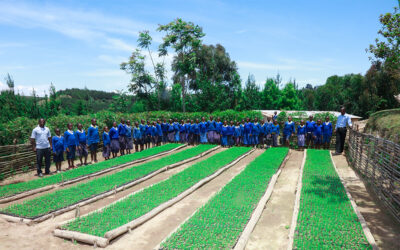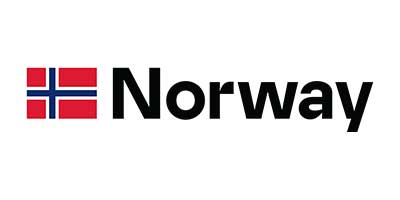Our Partners
EAMCEF works with diverse partners including communities, government institutions, NGOs, the private sector, academia, and donors to advance conservation and sustainable development. These partners are essential in delivering impactful results across the Eastern Arc Mountains.
At the heart of EAMCEF’s work is the local community, whose active involvement is vital in protecting the biodiversity-rich Eastern Arc Mountains. EAMCEF empowers villagers by supporting sustainable livelihood initiatives such as beekeeping, poultry farming, improved agriculture, and environmental education. Community members are also directly engaged in participatory forest management, environmental monitoring, and awareness campaigns, making them both beneficiaries and custodians of the natural resources around them.
EAMCEF works closely with Local Government Authorities and key government agencies to align conservation activities with national and local development plans. These partnerships ensure regulatory compliance, policy support, and smooth coordination of conservation interventions. LGAs often facilitate implementation at the grassroots level, provide technical expertise, and help mobilize community participation in forest protection and sustainable land use practices


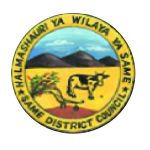





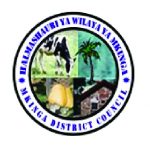






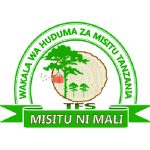
Civil society organizations (CSOs) and community-based organizations (CBOs) are vital implementation partners for EAMCEF, especially in facilitating grassroots engagement and capacity building. These organizations often act as intermediaries, helping translate conservation strategies into practical actions within local communities. By supporting CSOs and CBOs, EAMCEF enhances local governance, accountability, and long-term stewardship of natural resources.








EAMCEF aligns its programs with various government ministries, particularly the Ministry of Natural Resources and Tourism. These ministries provide strategic direction, policy frameworks, and sometimes co-financing for conservation and development activities. Such alignment strengthens national ownership, promotes policy coherence, and amplifies the impact of EAMCEF’s interventions
Recognizing the value of science in conservation, EAMCEF partners with academic and research institutions to generate data, conduct biodiversity assessments, and monitor ecological trends in the Eastern Arc Mountains. Collaborations with universities and research centers not only strengthen the evidence base for conservation but also support innovation and knowledge sharing among stakeholders.

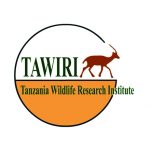


EAMCEF engages with the private sector to promote sustainable business practices and mobilize resources for conservation. This includes partnerships with eco-tourism operators, agricultural enterprises, and renewable energy companies that share a commitment to environmental sustainability. Through corporate social responsibility (CSR) initiatives and joint ventures, the private sector contributes to livelihood improvement and ecosystem protection.
EAMCEF’s work is made possible through the generous support of various donors, including bilateral and multilateral development agencies, conservation foundations, and philanthropic organizations. Donors provide critical funding for the endowment and operational grants, enabling EAMCEF to support long-term conservation and community development initiatives. EAMCEF maintains transparency and accountability in its financial management to sustain donor confidence and long-term investment.
Both national and international NGOs are key collaborators of EAMCEF in the implementation of projects, policy advocacy, technical training, and resource mobilization. These NGOs bring specialized expertise, global networks, and co-financing that complement EAMCEF’s conservation goals. Such partnerships enhance the scale, reach, and effectiveness of environmental interventions in the region.
